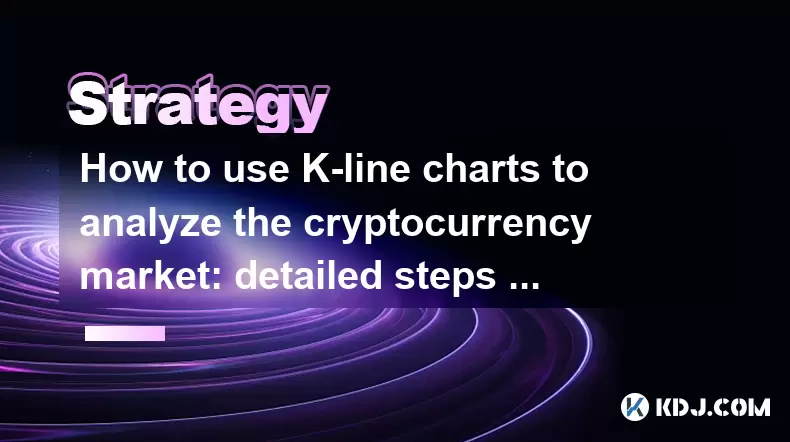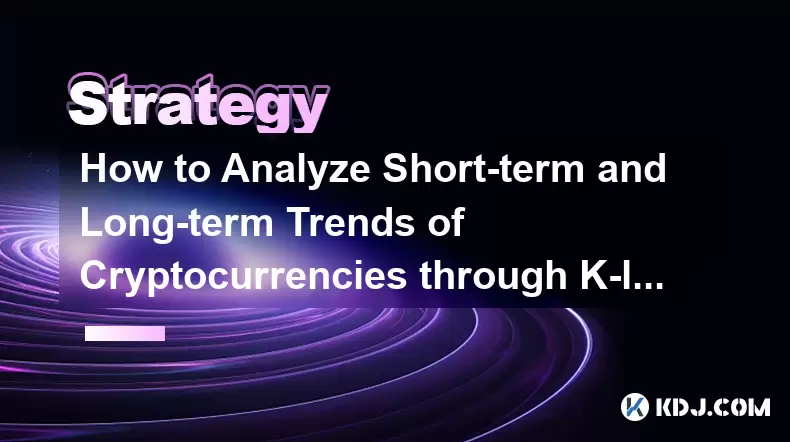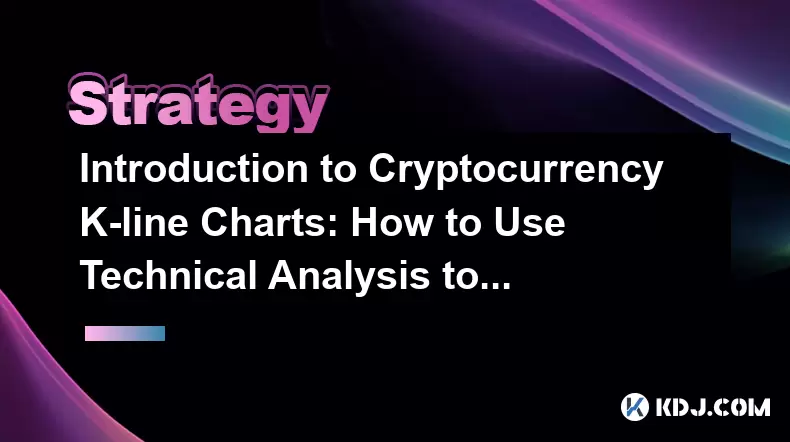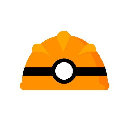-
 Bitcoin
Bitcoin $106,754.6083
1.33% -
 Ethereum
Ethereum $2,625.8249
3.80% -
 Tether USDt
Tether USDt $1.0001
-0.03% -
 XRP
XRP $2.1891
1.67% -
 BNB
BNB $654.5220
0.66% -
 Solana
Solana $156.9428
7.28% -
 USDC
USDC $0.9998
0.00% -
 Dogecoin
Dogecoin $0.1780
1.14% -
 TRON
TRON $0.2706
-0.16% -
 Cardano
Cardano $0.6470
2.77% -
 Hyperliquid
Hyperliquid $44.6467
10.24% -
 Sui
Sui $3.1128
3.86% -
 Bitcoin Cash
Bitcoin Cash $455.7646
3.00% -
 Chainlink
Chainlink $13.6858
4.08% -
 UNUS SED LEO
UNUS SED LEO $9.2682
0.21% -
 Avalanche
Avalanche $19.7433
3.79% -
 Stellar
Stellar $0.2616
1.64% -
 Toncoin
Toncoin $3.0222
2.19% -
 Shiba Inu
Shiba Inu $0.0...01220
1.49% -
 Hedera
Hedera $0.1580
2.75% -
 Litecoin
Litecoin $87.4964
2.29% -
 Polkadot
Polkadot $3.8958
3.05% -
 Ethena USDe
Ethena USDe $1.0000
-0.04% -
 Monero
Monero $317.2263
0.26% -
 Bitget Token
Bitget Token $4.5985
1.68% -
 Dai
Dai $0.9999
0.00% -
 Pepe
Pepe $0.0...01140
2.44% -
 Uniswap
Uniswap $7.6065
5.29% -
 Pi
Pi $0.6042
-2.00% -
 Aave
Aave $289.6343
6.02%
How to recover virtual currency investment
To recover virtual currency investments lost due to fraudulent schemes or exchange hacks, assess the situation, secure evidence, consider legal recourse, explore insurance claims, and seek professional assistance if necessary.
Jan 08, 2025 at 04:34 pm

Key Points:
- Assess the situation and identify potential recovery options
- Secure and preserve evidence of losses
- Explore legal recourse and file a complaint
- Consider insurance claims
- Contact customer support from exchanges or brokerages
- Seek professional assistance from attorneys or consultants
- Report the incident to authorities and file a fraud claim
- Join community forums and collaborate with other victims
- Monitor news and developments related to recovery efforts
How to Recover Virtual Currency Investment
1. Assess the Situation and Identify Potential Recovery Options
- Determine the nature of the loss, whether it was due to fraud, theft, or technical error.
- Gather evidence supporting the loss, including transaction histories, communication with the platform or service, and any documentation of outreach efforts.
- Research potential recovery options based on the specific circumstances of the loss, such as reporting to authorities, contacting customer support, or seeking legal recourse.
2. Secure and Preserve Evidence of Losses
- Preserve and document all evidence related to the loss, including transaction records, conversations, and correspondence.
- Create copies of important documents and store them securely in multiple locations.
- Avoid disposing of any devices or accounts that may contain relevant evidence.
3. Explore Legal Recourse and File a Complaint
- Consider filing a legal complaint against the entity responsible for the loss, such as the exchange, brokerage, or third-party involved.
- Seek legal advice from an attorney specializing in cryptocurrency law or fraud recovery.
- Contact regulatory agencies or government agencies that oversee the cryptocurrency industry.
4. Consider Insurance Claims
- Check if you have any insurance policies that may cover cryptocurrency losses, such as homeowners or renters insurance.
- File a claim with the insurance provider by providing evidence of the loss and documentation supporting the value of the lost funds.
- Be prepared to cooperate with the insurance company's investigation and provide any requested information.
5. Contact Customer Support from Exchanges or Brokerages
- Reach out to the customer support team of the exchange or brokerage where the loss occurred.
- Provide detailed information about the situation, including evidence of the loss and any supporting documentation.
- Follow up regularly to monitor progress and seek resolution.
6. Seek Professional Assistance from Attorneys or Consultants
- Consider hiring an attorney specializing in cryptocurrency law or fraud recovery to guide you through the legal process.
- Engage a consultant with expertise in cryptocurrency forensics or recovery techniques to assist with tracking down and recovering lost funds.
- Be aware of potential scams or fraudulent recovery services and conduct thorough research before seeking external help.
7. Report the Incident to Authorities and File a Fraud Claim
- Report the incident to the relevant law enforcement agency, such as the FBI or local police.
- Provide detailed information about the loss, including the estimated value of the stolen or lost funds.
- Cooperate with the investigation and provide any requested assistance.
8. Join Community Forums and Collaborate with Other Victims
- Join online communities and forums dedicated to cryptocurrency fraud and recovery.
- Engage with other victims who have experienced similar losses and share information.
- Collaborate on recovery efforts and advocate for victims' rights.
9. Monitor News and Developments Related to Recovery Efforts
- Stay informed about news and developments related to cryptocurrency fraud and recovery.
- Follow social media accounts and websites that provide updates on ongoing investigations or class-action lawsuits.
- Attend industry events or webinars to learn from experts and stay abreast of best practices.
FAQs:
What are common types of virtual currency investment losses?
- Fraudulent schemes, phishing attacks, malware infections, exchange hacks, and technical glitches.
What evidence should I gather to support my recovery efforts?
- Transaction records, chat logs, emails, screenshots, and any other documentation related to the loss.
What regulatory agencies can I contact for assistance?
- SEC, CFTC, FINRA, and state regulators overseeing cryptocurrency activities.
What are the legal options available to recover virtual currency losses?
- Filing a civil lawsuit, reporting the incident to law enforcement, and seeking resolution through arbitration or mediation.
Can I file an insurance claim for virtual currency losses?
- Yes, if you have a homeowners or renters insurance policy that specifically covers cryptocurrency assets.
How can I protect myself from future virtual currency investment losses?
- Research and use reputable exchanges, enable two-factor authentication, secure your accounts with strong passwords, and stay informed about potential threats.
Disclaimer:info@kdj.com
The information provided is not trading advice. kdj.com does not assume any responsibility for any investments made based on the information provided in this article. Cryptocurrencies are highly volatile and it is highly recommended that you invest with caution after thorough research!
If you believe that the content used on this website infringes your copyright, please contact us immediately (info@kdj.com) and we will delete it promptly.
- 2025-W Uncirculated American Gold Eagle and Dr. Vera Rubin Quarter Mark New Products
- 2025-06-13 06:25:13
- Ruvi AI (RVU) Leverages Blockchain and Artificial Intelligence to Disrupt Marketing, Entertainment, and Finance
- 2025-06-13 07:05:12
- H100 Group AB Raises 101 Million SEK (Approximately $10.6 Million) to Bolster Bitcoin Reserves
- 2025-06-13 06:25:13
- Galaxy Digital CEO Mike Novogratz Says Bitcoin Will Replace Gold and Go to $1,000,000
- 2025-06-13 06:45:13
- Trust Wallet Token (TWT) Price Drops 5.7% as RWA Integration Plans Ignite Excitement
- 2025-06-13 06:45:13
- Ethereum (ETH) Is in the Second Phase of a Three-Stage Market Cycle
- 2025-06-13 07:25:13
Related knowledge

How to use K-line charts to analyze the cryptocurrency market: detailed steps and common misunderstandings
Jun 16,2025 at 01:42pm
Understanding the Basics of K-line Charts in Cryptocurrency TradingK-line charts, also known as candlestick charts, are one of the most widely used tools for analyzing price movements in financial markets, including cryptocurrencies. These charts provide a visual representation of price action over specific time intervals and help traders make informed ...

Cryptocurrency K-line chart technical analysis manual: Learn these methods to increase your chances of making a profit
Jun 11,2025 at 11:21pm
Understanding the Basics of K-line ChartsK-line charts, also known as candlestick charts, are one of the most widely used tools in cryptocurrency trading. Each K-line represents a specific time period and provides information about the open, high, low, and close prices during that interval. The body of the candle shows the relationship between the openi...

The Importance of K-line Chart Analysis in Cryptocurrency Trading: From Theory to Practical Cases
Jun 11,2025 at 04:56pm
Understanding the Basics of K-line ChartsK-line charts, also known as candlestick charts, are a visual representation of price movements over specific time intervals. Each K-line encapsulates four critical data points: the opening price, closing price, highest price, and lowest price within a given timeframe. These charts originated in Japan during the ...

Cryptocurrency K-line Chart Interpretation Guide: How Novices Can Quickly Master the Basics of Technical Analysis
Jun 10,2025 at 08:56pm
Understanding the Basics of K-line ChartsK-line charts, also known as candlestick charts, are one of the most widely used tools in cryptocurrency trading for analyzing price movements. Each K-line represents a specific time period and shows the opening, closing, high, and low prices during that interval. For novices, grasping how to read these elements ...

How to Analyze Short-term and Long-term Trends of Cryptocurrencies through K-line Charts: A Complete Guide
Jun 15,2025 at 12:49pm
Understanding the Basics of K-line ChartsK-line charts, also known as candlestick charts, are essential tools used in cryptocurrency trading to visualize price movements over time. Each candlestick represents a specific time interval and contains four key data points: open, high, low, and close. The body of the candle shows the range between the opening...

Introduction to Cryptocurrency K-line Charts: How to Use Technical Analysis to Optimize Trading Decisions
Jun 12,2025 at 03:56pm
Understanding the Basics of K-line ChartsK-line charts, also known as candlestick charts, are one of the most essential tools used in cryptocurrency trading. Originating from Japan, these charts visually represent price movements over specific time intervals. Each candlestick displays four key pieces of information: the opening price, closing price, hig...

How to use K-line charts to analyze the cryptocurrency market: detailed steps and common misunderstandings
Jun 16,2025 at 01:42pm
Understanding the Basics of K-line Charts in Cryptocurrency TradingK-line charts, also known as candlestick charts, are one of the most widely used tools for analyzing price movements in financial markets, including cryptocurrencies. These charts provide a visual representation of price action over specific time intervals and help traders make informed ...

Cryptocurrency K-line chart technical analysis manual: Learn these methods to increase your chances of making a profit
Jun 11,2025 at 11:21pm
Understanding the Basics of K-line ChartsK-line charts, also known as candlestick charts, are one of the most widely used tools in cryptocurrency trading. Each K-line represents a specific time period and provides information about the open, high, low, and close prices during that interval. The body of the candle shows the relationship between the openi...

The Importance of K-line Chart Analysis in Cryptocurrency Trading: From Theory to Practical Cases
Jun 11,2025 at 04:56pm
Understanding the Basics of K-line ChartsK-line charts, also known as candlestick charts, are a visual representation of price movements over specific time intervals. Each K-line encapsulates four critical data points: the opening price, closing price, highest price, and lowest price within a given timeframe. These charts originated in Japan during the ...

Cryptocurrency K-line Chart Interpretation Guide: How Novices Can Quickly Master the Basics of Technical Analysis
Jun 10,2025 at 08:56pm
Understanding the Basics of K-line ChartsK-line charts, also known as candlestick charts, are one of the most widely used tools in cryptocurrency trading for analyzing price movements. Each K-line represents a specific time period and shows the opening, closing, high, and low prices during that interval. For novices, grasping how to read these elements ...

How to Analyze Short-term and Long-term Trends of Cryptocurrencies through K-line Charts: A Complete Guide
Jun 15,2025 at 12:49pm
Understanding the Basics of K-line ChartsK-line charts, also known as candlestick charts, are essential tools used in cryptocurrency trading to visualize price movements over time. Each candlestick represents a specific time interval and contains four key data points: open, high, low, and close. The body of the candle shows the range between the opening...

Introduction to Cryptocurrency K-line Charts: How to Use Technical Analysis to Optimize Trading Decisions
Jun 12,2025 at 03:56pm
Understanding the Basics of K-line ChartsK-line charts, also known as candlestick charts, are one of the most essential tools used in cryptocurrency trading. Originating from Japan, these charts visually represent price movements over specific time intervals. Each candlestick displays four key pieces of information: the opening price, closing price, hig...
See all articles

























































































